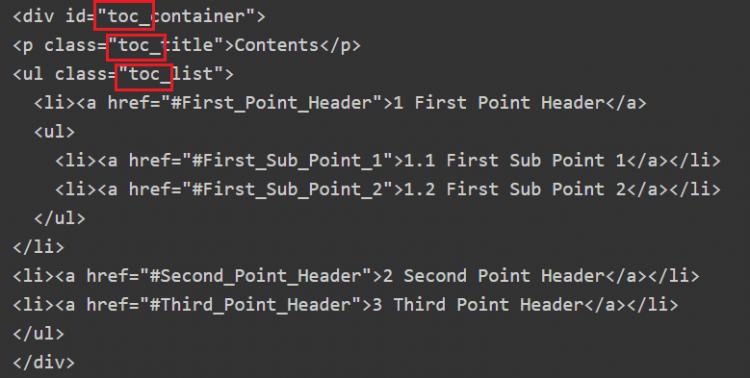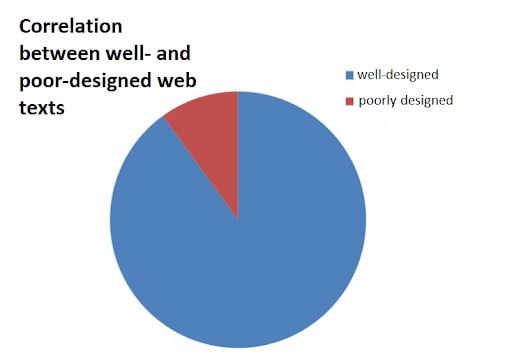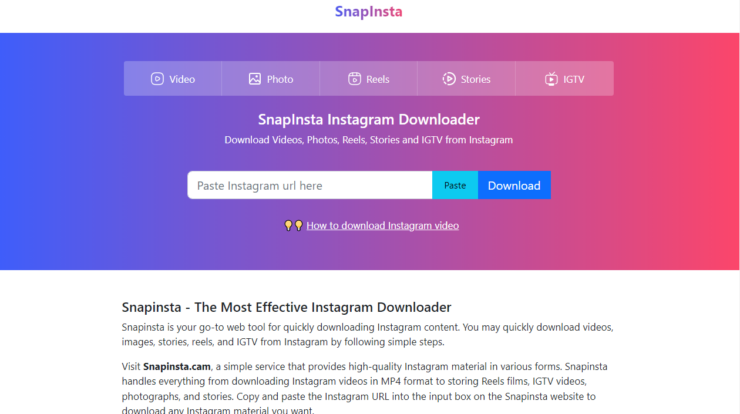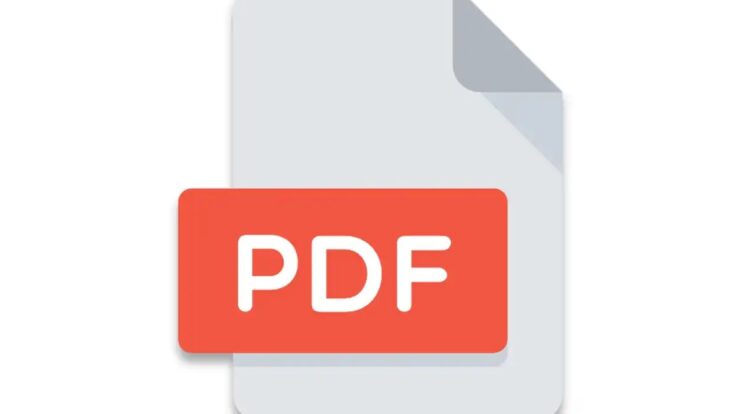
Content optimization seems the last thing business owners and webmasters worry about after surviving the pandemic and, therefore, challenging 2020. Financial stability and encouragement of investments look like a more topical question. And yet, its online presence (read: its quality) determines the place of any new business in the ecosystem and can influence both audience and investors’ interest.
With dozens of new domains arising and competing for their place in the sun, a website and social media remain the primary channels of communicating your brand message to the world.
Notwithstanding that, and with so many guides on content optimization available, most tips look general and one-size-fits-all. As a result, we get an army of same-looking websites that say nothing about brand identity, message, tone of voice, and unique selling proposition.
In 2021, content quality matters more than ever:
Users have to deal with tons of information, which makes reading online 25% slower than from print. Plus, content shock and short attention span result in people read only 20% of the words you share. The chances are miserable that your target audience will find and remember your business and marketing content if you establish it the same your competitors do.
For a website to stand out among dozens of others, bring traffic, and convert, its content needs the up to date optimization: E-A-T, usability, and readability are core metrics to consider.
What you can do with content optimization to improve your online presence in 2021:
-
When sharing long reads, content hubs, or compelling blog posts with the audience, add Table of Contents to texts.
Think of it as if it’s a content planner telling the audience what they will find in the content. Not only will it help users decide which chapter of your text they want to check right away, but it will also allow search engines’ bots to index and rank it right.
Establish it as a list of links to page elements. For that, use HTML tags such as “toc:”
-
Pay attention to how you write sentences and paragraphs of your content.
Make sentences of different lengths in your texts: It improves rhythm and, therefore, readability. Each paragraph is a home for one thought (point), and it serves a purpose. Finish it once your idea is complete.
Paragraphs of your content need to be of different lengths too. No particular numbers determine the writing rules here, like “sentences should be of 3-5 words” or “make paragraphs no longer than 4-5 lines.”Don’t think of it while writing; concentrate on context instead.
It stands to reason that quite a few managers and marketers are professional writers able to build expert texts. Most work with outsourced specialists, and numerous writing apps help them check the content for grammar mistakes, readability, and SEO quality.
-
Use bullet and numbered lists to not overweight content with narration.
Here you can:
- Specify the benefits of your product or service
- Tell about a process steps
- Share your information’s takeaways
Bullet lists look nice when consisting of three and more points, while numbered lists may have two.
Use numbered lists when writing about “X tips” or some step-by-step guide so readers could get round to desired points. Also, you need numbering lists when the sequence of actions matters. Otherwise, bullet lists will be okay.
The secret behind lists is that they are more psychologically comfortable for the brain: Lists help order thoughts and make all deeds clear.
-
Publish charts, infographics, videos, and other visual elements on your website.
Why optimizing content with visual elements? First, it can save content creators from writing tons of vague words that are hard for readers to perceive. Charts, tables, infographics will make content assets look more professional. One look at a chart — and it’s clear what you wanted to say:
Canva is a great resource to help websites with charts. As for infographics, most content creators consider templates from Venngage to craft them.
Second, visual content is more eye-pleasing. Use high-quality screenshots, craft brand images rather than publishing stock photos, and align pictures to the center of your web pages.
In 2021, podcasts and videos can become the primary content types to communicate your business goals and marketing messages to the audience. They influence dwell time and CTR, so embed them where appropriate to attract traffic and conversion.
People are 90 percent visual beings; so, visitors will appreciate the engaging visual content on your website.
In 2018, Neil Patel, a top influencer on the web, according to The Wall Street Journal, spent around $144,000 on video. He explained why you needed to follow his lead back then, drawing from statistics and research-based predictions:
- Videos convert 34% higher.
- Videos grow your company revenue 49% faster.
- By 2021, 82% of all consumer traffic will be video-based (according to Cisco).
Well, 2021 is here, so the time has come to make the most out of video content for your website’s online visibility and success.
-
Remember about links in your content.
Inbound links are a must for every content asset to make other pages more visible for search engines and influence the time visitors spend on your website. On-page SEO optimization plays a critical role here, but it’s also necessary to format links so that users could see and want to click them.
To achieve that, webmasters use distinct anchors, underline or make them of a different color, or animate links. Link animation refers to a “title” attribute (an explanation appears on a page once a user hovers a cursor over the link).
The “title” attribute works for acronyms, either. They don’t lead readers anywhere but decipher abbreviations. Making them visible in texts will improve the usability of your content.
In 2021, words matter more than ever. In-depth and highly optimized content will help businesses distinguish their brand message from competitors and attract both clients and investors to their services. To save a decent seat in a highly competitive business ecosystem, let’s think outside the box and use all the online instruments available.
Author: Lesley Vos, a professional copywriter from Chicago, a blogger behind Bid4Papers.com, and a big fan of the Back to the Future film series. Feel free to connect with her on Twitter @LesleyVos.




